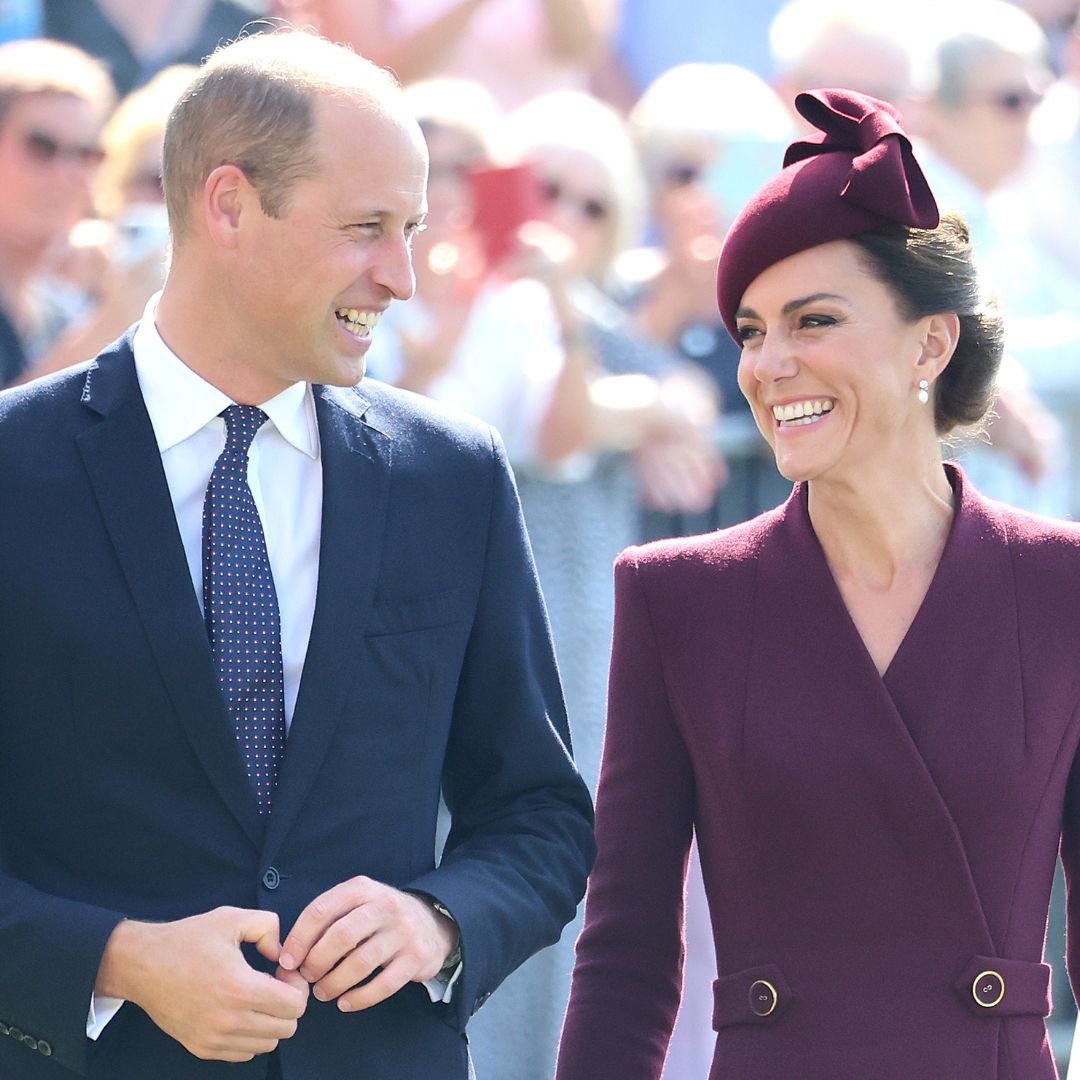Serious about building strength this year? These are the top 7 Pilates moves a coach recommends for building muscle
Earn your strength stripes right here.
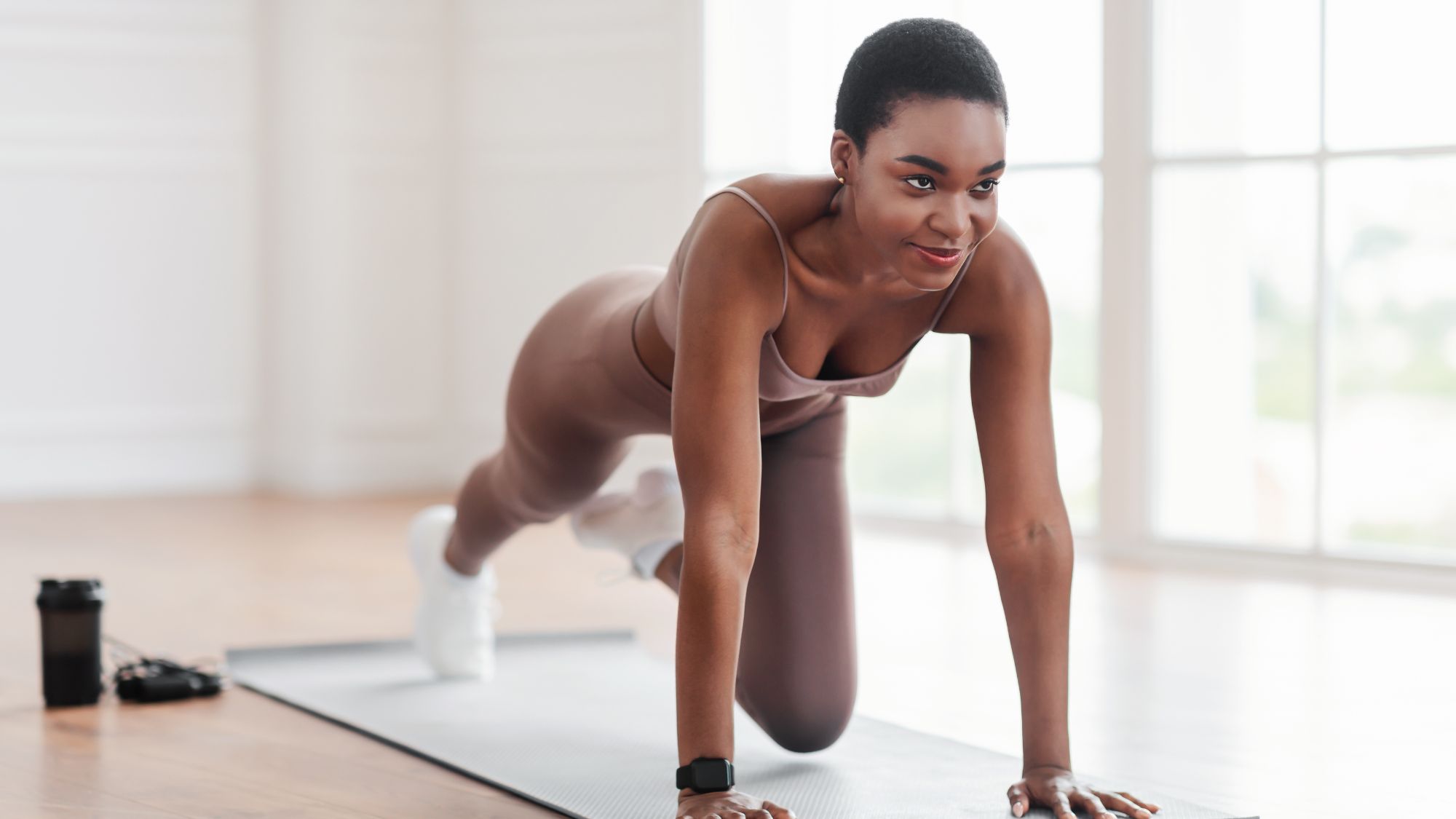

Over the past few years, we've all become more aware of how vital strength training is for overall health and wellbeing, but especially for mid-life women contending with hormonal shifts and stressors. We know, for example, that as we age, muscle mass declines in a process known as sarcopenia, while our bone density also diminishes, leading to an increased risk of osteoporosis and bone weakness.
Now, we get it - these issues can feel like they're a long way off, but we're here to tell you (encouragingly, of course!) that it's never too early to start strength training, for longevity or simply because you enjoy it. But contrary to popular belief, it's not all about lifting heavy. You really don't need to hone your gym bro persona to build muscle. Enter: Pilates for strength.
While Pilates undeniably has a certain aesthetic going on (classic neutral co-ords and a slicked-back bun, we're looking at you), underestimate its efficacy for building strength at your peril. Just search out reels of rugby players attempting a Reformer class for proof of just how challenging the practice is. Studies (like this one, published in the journal Age and Ageing) show that Pilates can be effective in improving muscle strength, while research (such as this study, from the Bulletin of Faculty of Physical Education) reveals the practice is valuable for enhancing flexibility, mobility and posture, too.
"Pilates, when practised with progressive overload and time under tension, is a fantastic way to build strength, improve muscle endurance, and support overall body function," agrees instructor Aleksandra Warburton. "It's especially good for women looking to improve long-term bone and muscle health."
With studios springing up on high streets everywhere, there's never been a better time to enter your Pilates era - and you'll be in good company, with more of us than ever donning our grippy socks and heading to a class. However, Pilates also lends itself well to a home practice, with a plethora of online sessions and styles available to choose from. For the most part, no equipment is needed (aside from a decent mat), and the low-impact, bodyweight moves can be tailored to suit all abilities.
Now, we always stress that building muscle is about more than simply rocking up to a few strength classes every now and again. To see (and feel) real results, you'll need to be committed to a consistent workout routine alongside a well-balanced lifestyle including a healthy diet and plenty of rest and recovery, too. That said, if you're looking for some moves to include in your fitness regime, look no further: we've compiled this guide to the best Pilates moves for building strength, according to top coaches to help you on your way.
Keep scrolling for all the moves - plus, why they're so good - but while we have you, do check out our guides to the best Pilates moves for beginners, the best Pilates accessories of all time, the best Pilates exercises for arms and find out how one Health Writer got on when she tried toe taps every day for a week.
Marie Claire Newsletter
Celebrity news, beauty, fashion advice, and fascinating features, delivered straight to your inbox!
It's official: 7 best Pilates moves for building muscle
Does Pilates really build muscle?
For the sceptics out there, we've done some digging to find out if Pilates is really all that when it comes to building muscle. And we have good news: the verdict is that the practice is a powerful addition to a strength training arsenal.
"Yes, Pilates really does build muscle, especially when performed with control, resistance, and progressive overload," shares Warburton. "While it may not fully replace traditional strength training, it is an excellent way to develop strength, particularly in the core, glutes, and stabilising muscles."
Whether you're practising on the mat, Reformer or tower, adding equipment to your Pilates flows is a great way to up the ante on your workout, too. "Using equipment like the Reformer allows you to add spring resistance, which in turn can further enhance muscle-building potential by increasing the challenge and encouraging more time under tension," notes Warburton.
Not got access to a Reformer machine? "Other ways to supercharge your Pilates workout include using bands and/or weights to ensure you keep your workout fresh and challenging, or trying a different iteration such as wall Pilates." Scroll our guides to the best Pilates sliders, Pilates bars, and Pilates rings, here.
@margaretelizabeth__ ♬ original sound - Margaret // Pilates Instructor
Are any particular Pilates moves better than others for building muscle?
When it comes to increasing strength and building muscle, not all Pilates moves are created equal.
"Certain Pilates exercises are particularly effective for muscle development, especially those that involve slow, controlled movements, isometric (aka static) holds, and progressive overload, such as increasing resistance, repetitions, or difficulty)," shares Warburton. "Moves such as planks, reformer leg presses, pretty much all footwork-based exercises and teaser variations demand sustained engagement, making them ideal for building strength."
What specifically about Pilates is so great for muscle building?
Anyone who has ever tried to build muscle will tell you that it's about much more than just lifting weights. As touched on above, you'll need to be consistent with training, rest, recovery and nutrition to start noticing changes in strength and body composition. That said, in a nutshell, the essential tenets of building muscles include progressive overload and time under tension - both of which you'll achieve in abundance with a Pilates practice.
"Pilates strengthens muscles without excessive strain on the joints, making it a sustainable option for long-term fitness," notes Warburton. "It engages both slow and fast-twitch muscle fibres, helping to build both endurance and power. The focus on time under tension, holding movements for longer and moving with control, encourages deep muscle activation, promoting strength without bulk.
"Pilates also improves neuromuscular connections (for example by incorporating balance-focused exercises, as well as improving coordination by using multiple muscle groups at the same time), helping muscles fire more efficiently and reducing the risk of injury."
However, it is important to note here that Pilates may only take you so far in your strength training journey. "Pilates alone may be sufficient to strength train for some people, but other people will need to adapt some exercises to get more challenge," explains physiotherapist and clinical director at Complete Pilates, Helen O'Leary. "Adding resistance to Pilates can work well, but it helps to be aware of general principles of strength training such as progressive overload, rest and planning and apply them to your Pilates, or choose to strength train in addition to Pilates for best results."
@aly_diroma ♬ simple. - coldbrew
7 best Pilates moves for building strength, according to top coaches
1. Knee hovers
What? Start on all fours. Find a position where your spine rests in a neutral position - a gentle inward curve of the lower back and a gentle rounding of the upper back. Hips are over the knees and hands over the wrists.
Tuck your toes under, press your hands into the floor, hover the knees one to two inches away from the mat, and hold for a few seconds before releasing and repeating.
Why? "Knee hovers are a great exercise for strengthening the shoulders, arms, and abdominals," says O'Leary. "Ensure you maintain the neutral curves of your back, and keep the head in line with the body."
How long for? Repeat five to ten holds depending on your ability.
2. Pilates teaser
What? An advanced Pilates move, the teaser is a great warm-up exercise that will see you holding an upright V position from your sit bones.
Why? "The Pilates teaser is a classic core exercise that strengthens the deep abdominal muscles, hip flexors, and spinal stabilisers, demanding balance and control," says Warburton. "It's even more challenging on the mat than the reformer!"
How long for? Try holding for ten seconds.
3. Dead bug
What? An excellent move for targeting the abdominals, a dead bug involves lying on your back with legs in a tabletop position and extending your opposite arm and leg out. "Lie on your back with your legs bent and feet flat with a cushion under your head for support. Find a position where your spine rests in a neutral position - there should be a gentle arch of the lower back away from the floor," says O'Leary.
"Reach your hands for the ceiling, and pick up one leg at a time into 'tabletop position'. Slowly straighten one leg - reaching your toes for the top of the opposite wall, and reach the opposite arm away. You should be able to maintain your spinal curve here and feel your abdominals working. Bring the arm and leg back in, and then swap sides."
Why? "The Dead Bug is a great exercise for strengthening the abdominals," says O'Leary. "It can be made easier by placing one or both feet on the floor, and adding leg slides, or alternatively, you can up the challenge by adding resistance bands or holding weights."
How long for? Repeat for five on each side.
4. Shoulder bridge with single leg lift
What? A classic shoulder bridge, elevated with a Pilates leg lift.
Why? "This move is a great way to build glute and hamstring strength, while also challenging stability and core engagement," says Warburton. "If performed elevated (such as raising your feet on the sofa, or on the bar during a reformer class) this is even more effective as gravity and your body weight makes it more challenging to lift the hips higher."
How long for? Aim for five to ten reps on each side.
5. Side lift
What? Lie on your side, propped up on your forearm with the elbow below the shoulder. Have the knees bent so that your lower legs and feet are behind the line of the body. Press down into the forearm, lift your hips and reach your top arm up towards the ceiling. Hold, then lower with control.
Why? "The side lift is a great exercise for working the lateral abdominal and back muscles and static shoulder strength," notes O'Leary.
How long for? Five reps on each side.
6. Leg pull
What? A leg pull is a progression of a classic plank. Start in your knee hover position (see above), then step back into a plank, with your hips the same height as your shoulders. Reach one leg behind you, pointing the toes until the leg lifts away from the ground and comes up in line with your body. Change sides.
Why? "Leg pulls are great for strengthening shoulders, arms, abdominal and back muscles," shares O'Leary.
How long for? Repeat three leg lifts on each side.
7. Side lying series
What? A short but spicy 15-minute side-lying sequence, as recommended by Warburton.
Why? "A deceptively tough sequence that builds strength in the glutes, inner/outer thighs, and hip stabilisers, improving lower body power and control," Warburton advises.
How long for? Fifteen minutes.
Shop MC UK's essential Pilates kit here:
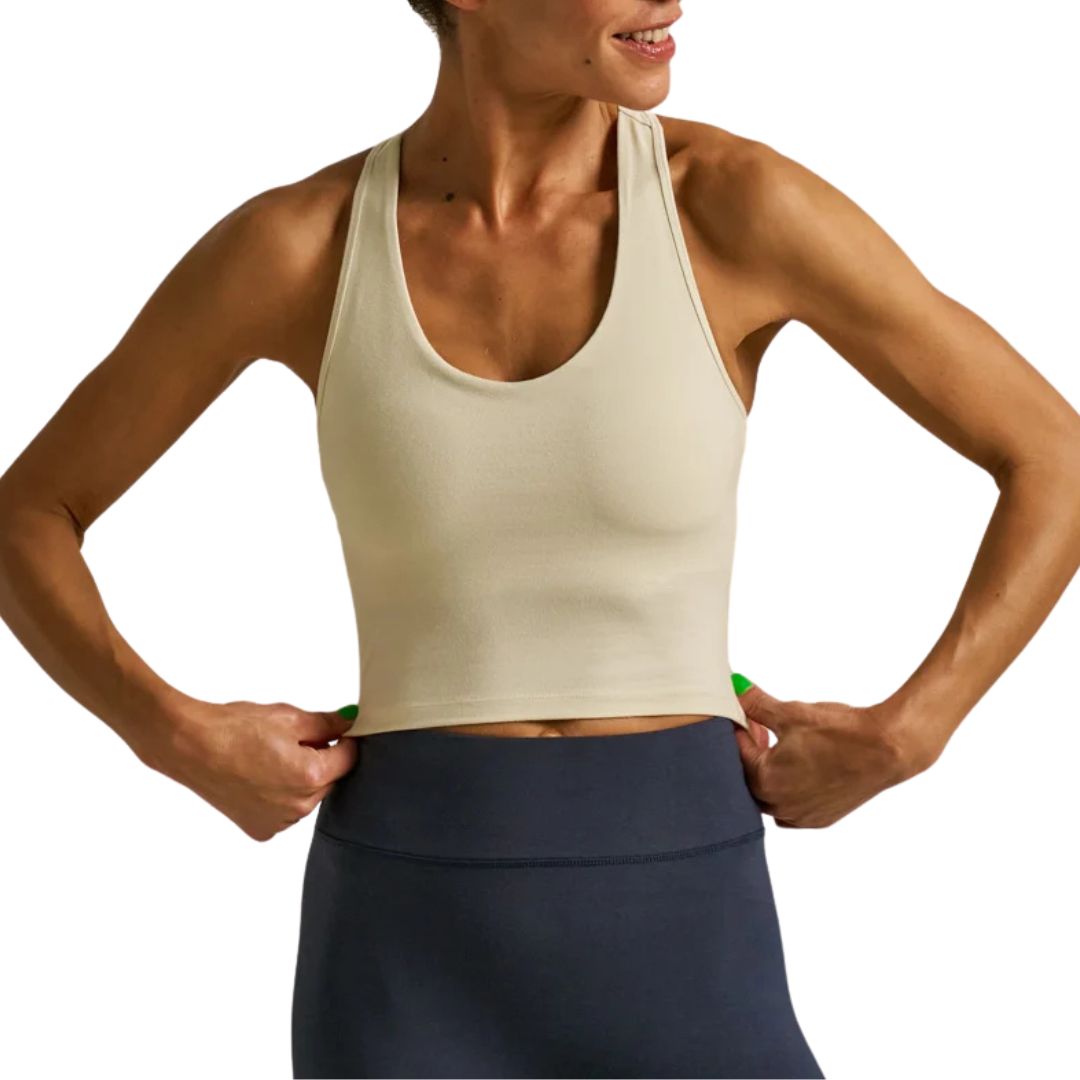
To say we're fans of the BAM range is an understatement, and this Enduro crop top is one of our faves. Butter soft, secretly supportive and with an oh-so-comfy racer back, it's ideal for all your low-impact moves.
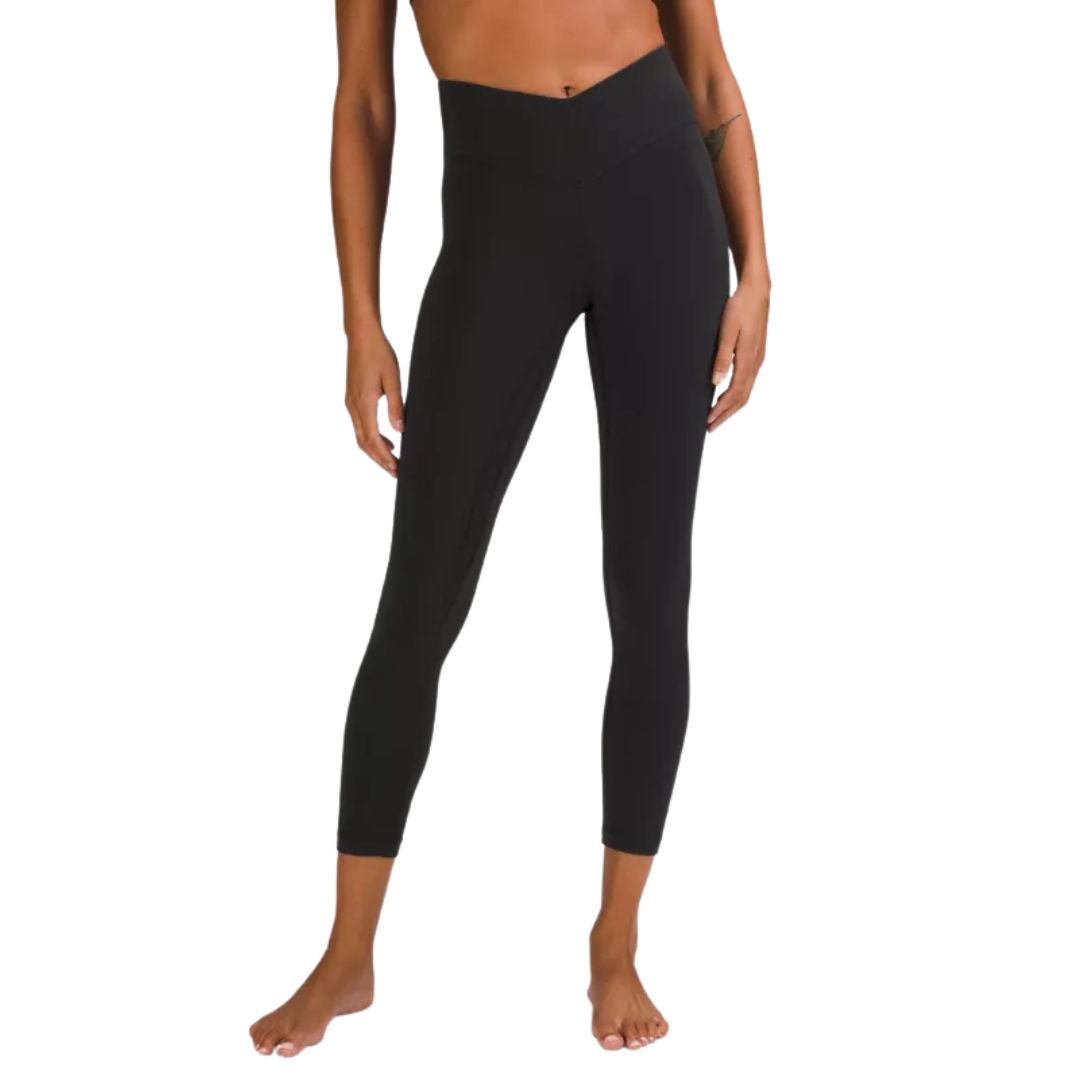
You can never have too many pairs of leggings, are we right? Add these Adanola beauties to basket, stat - they're some of the best we've found for comfort, function and price point.
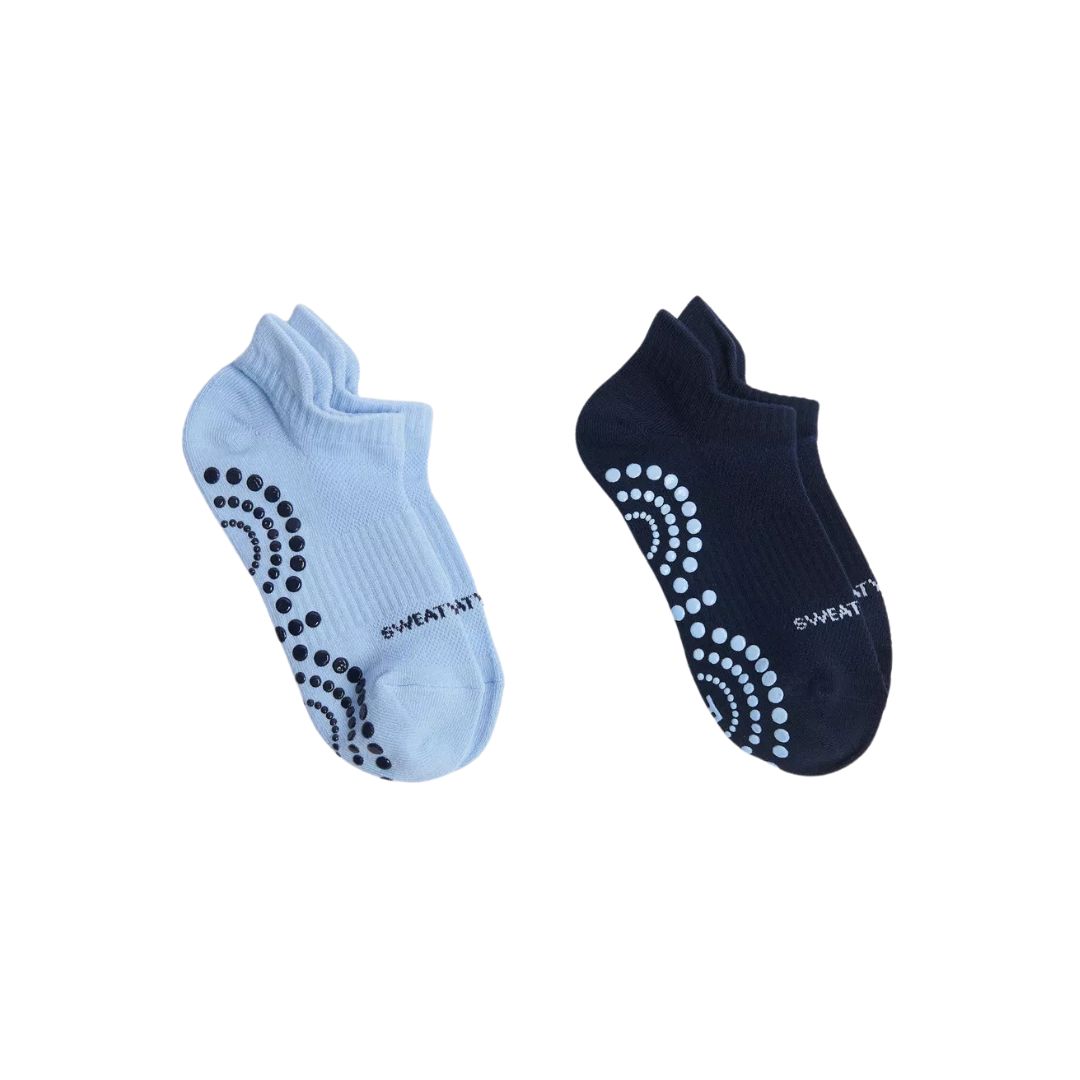
You don't need us to tell you the importance of a great pair of grippy socks in your Pilates practice - grab this two pack from Sweaty Betty and you'll need never have a panic root around in your sock drawer again.
How quickly will I see results?
"For many people, Pilates is an enjoyable form of exercise, incorporating freedom of movement, flow and variety of movement," says O'Leary. "As well as improving strength, Pilates also has other benefits such as mobility and flexibility, improving your awareness of how your body is moving and helping you to develop more efficient movement patterns.
"For best results, in order for muscles themselves to get better at generating force, we need to be working on a resistance programme of two to three times a week for a minimum of three to four months. If we want to maintain strength, we have to continue to work at it - otherwise we lose muscle again. So, consistency is important here. You'll need to stick at it, and ensure you're focussing on making sure you are using enough resistance and adapting as you get stronger, as well as factoring in adequate rest days."

Anna Bartter is a freelance journalist who writes about health, fitness and women's lifestyle for publications including Stylist, Metro and Psychologies, among others.
She's always on a quest to find a variety of fun and functional workouts that give you the most bang for your workout buck and she's passionate about championing movement for everyone's mental and physical wellbeing.
-
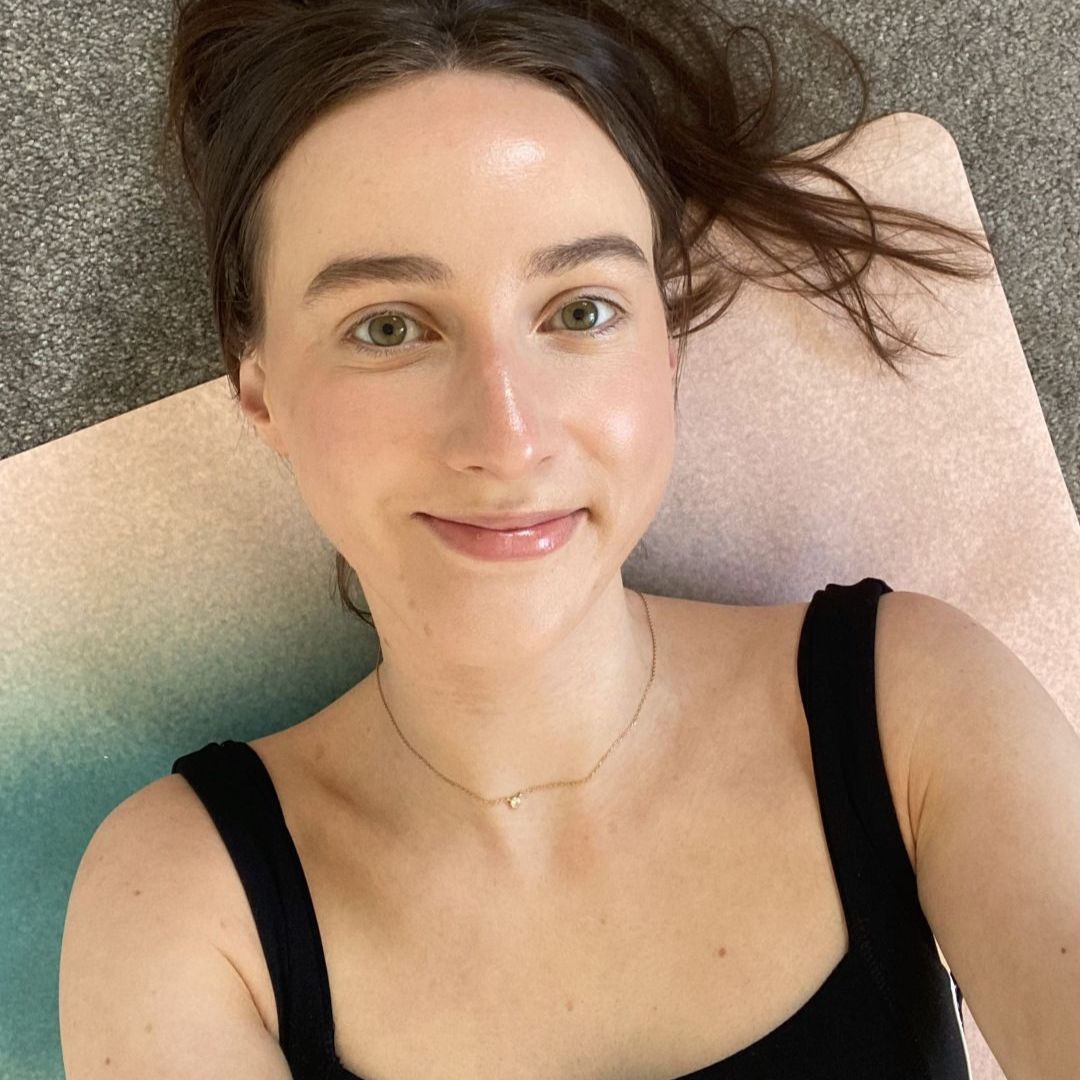 I tried Pilates scissors, the raved-about Pilates move - and think it's the best combination of stretching and strengthening ever
I tried Pilates scissors, the raved-about Pilates move - and think it's the best combination of stretching and strengthening everTrust me, this one's worth trying.
By Katie Sims
-
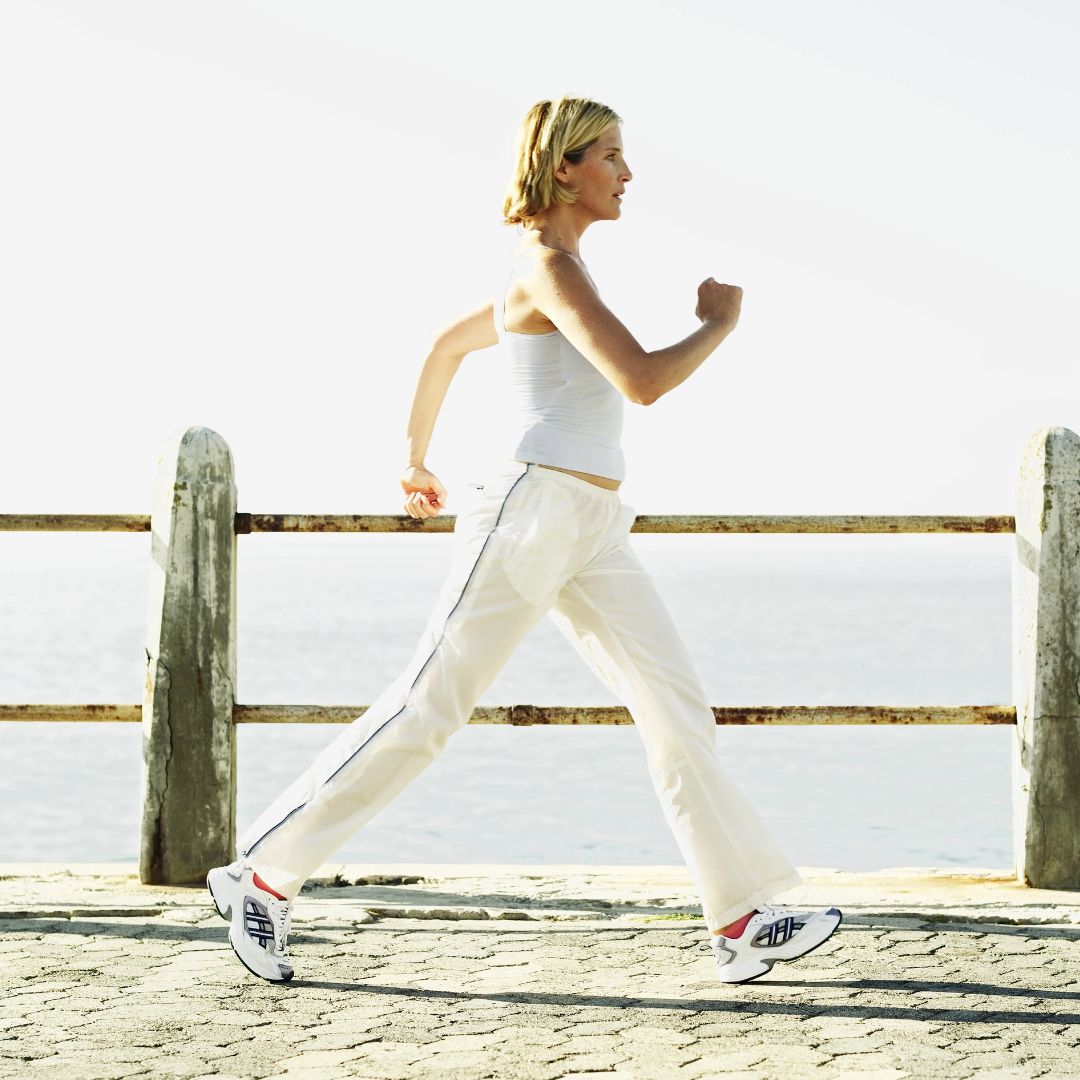 Power walking is the latest trending workout - and it promises to supercharge your health in the simplest way
Power walking is the latest trending workout - and it promises to supercharge your health in the simplest wayKeen to find out more? Step this way...
By Rebecca Shepherd
-
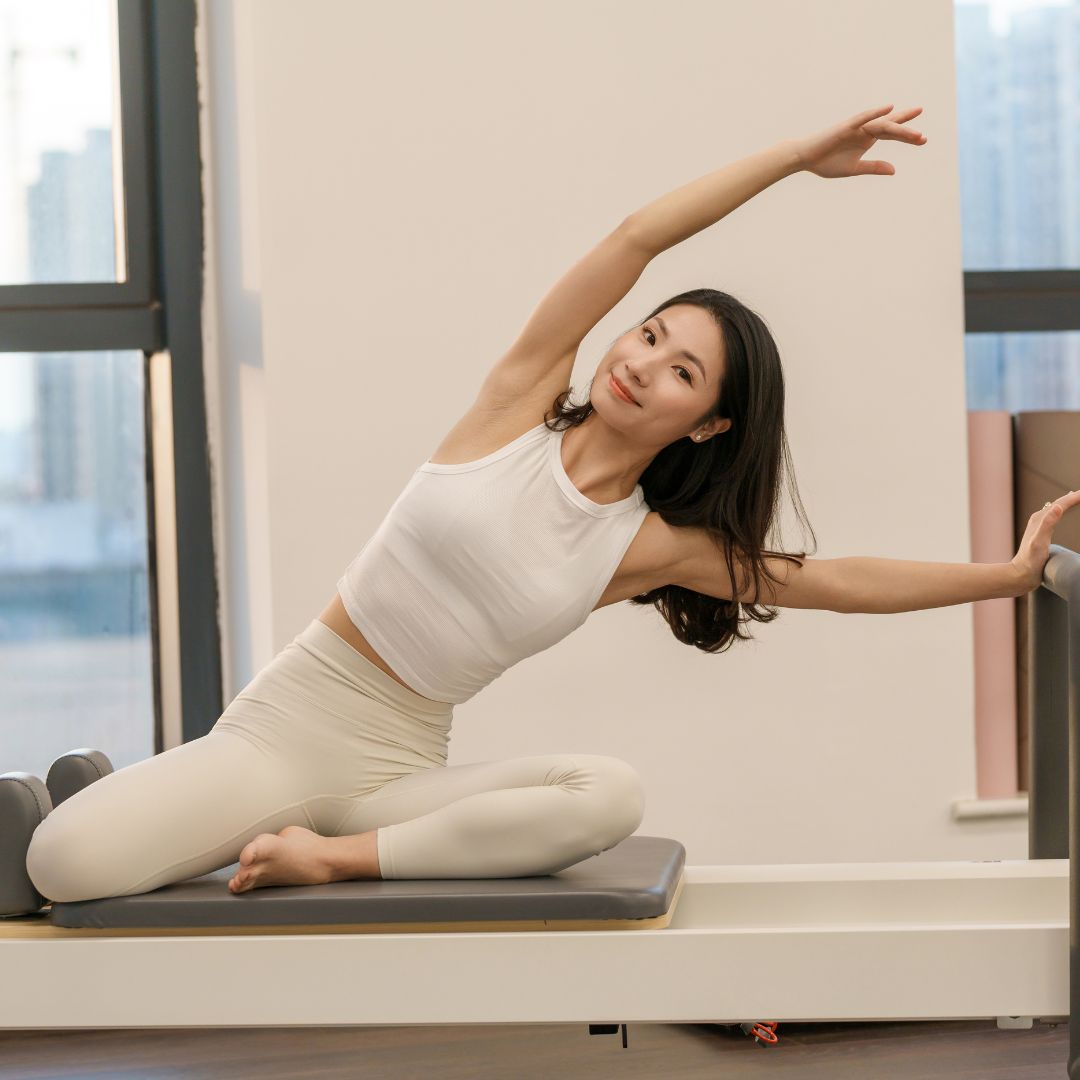 Eager to build a strong, stable core from home? 7 advanced Pilates core exercises that coaches do themselves
Eager to build a strong, stable core from home? 7 advanced Pilates core exercises that coaches do themselvesStability, strength *and* control? It's a yes from us.
By Anna Bartter
-
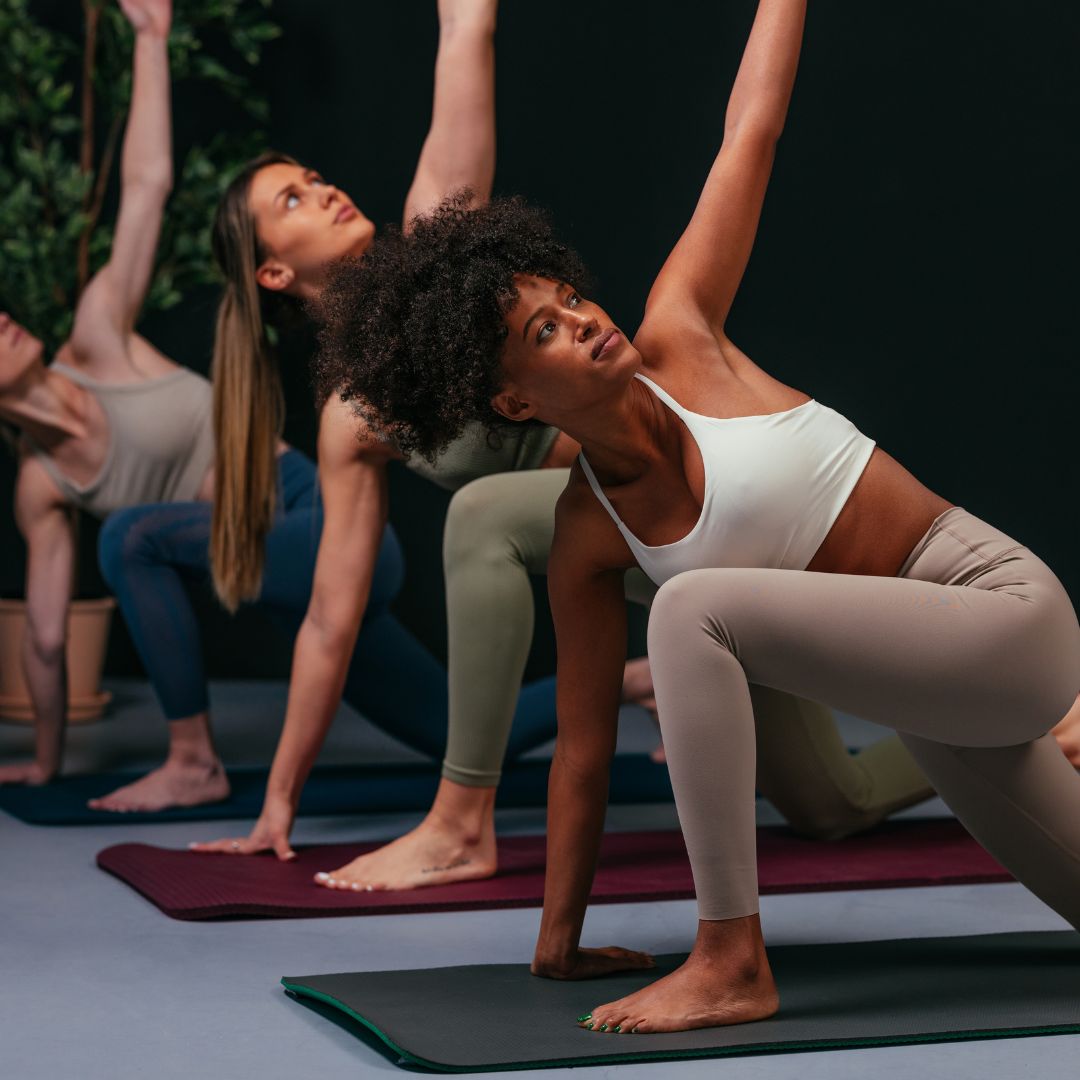 Classical Pilates is raved about worldwide as the most effective type of Pilates you can do - 8 exercises that instructors recommend
Classical Pilates is raved about worldwide as the most effective type of Pilates you can do - 8 exercises that instructors recommendTried, tested and trusted moves.
By Katie Sims
-
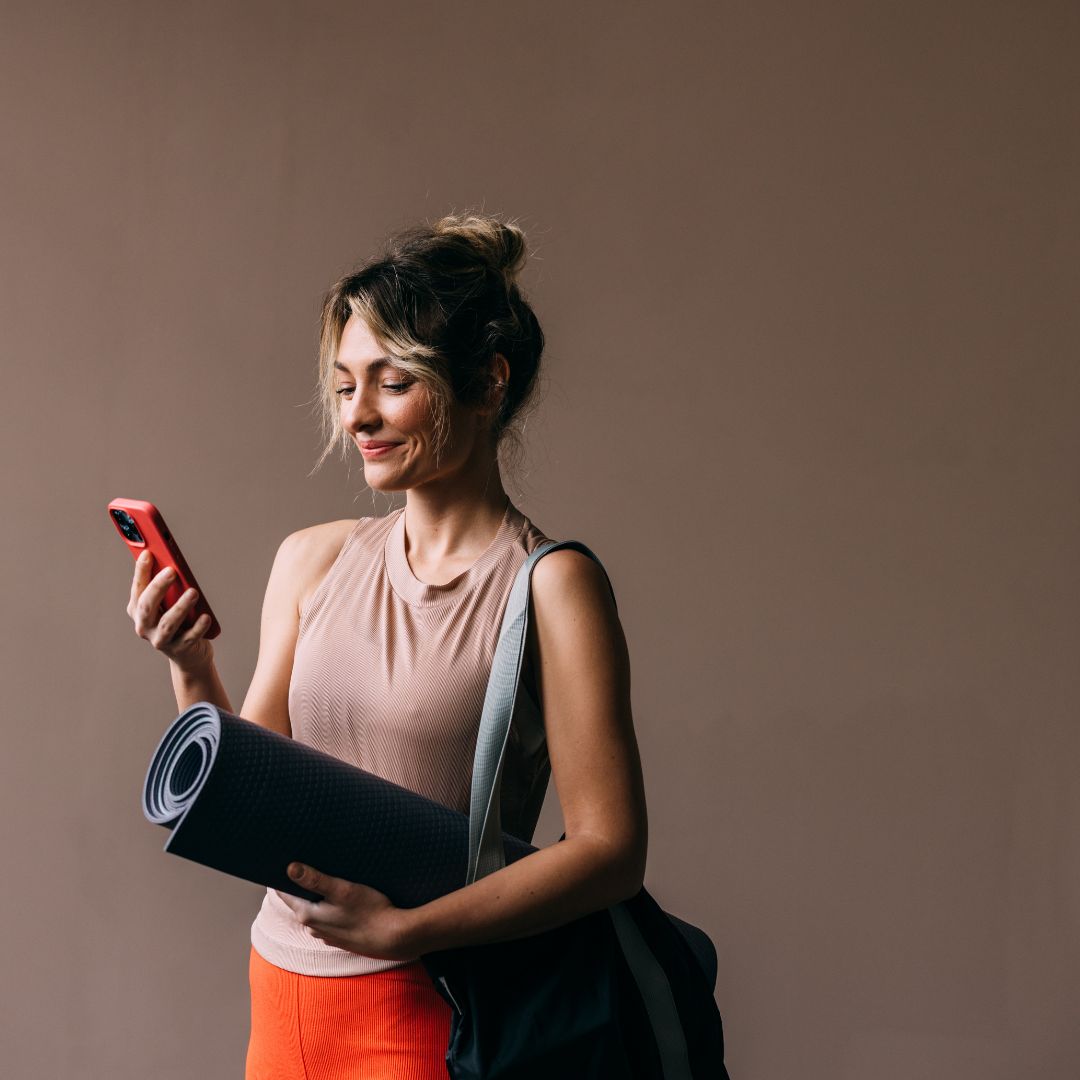 Fan of low-impact sessions? These are officially the 7 best Pilates apps for boosting strength, tone and mood
Fan of low-impact sessions? These are officially the 7 best Pilates apps for boosting strength, tone and moodYou can thank us later.
By Katie Sims
-
 I tried STOTT Pilates at home every day for a week - and I've fallen for the trending workout hook, line and sinker
I tried STOTT Pilates at home every day for a week - and I've fallen for the trending workout hook, line and sinkerYou'll want to give this one a go.
By Katie Sims
-
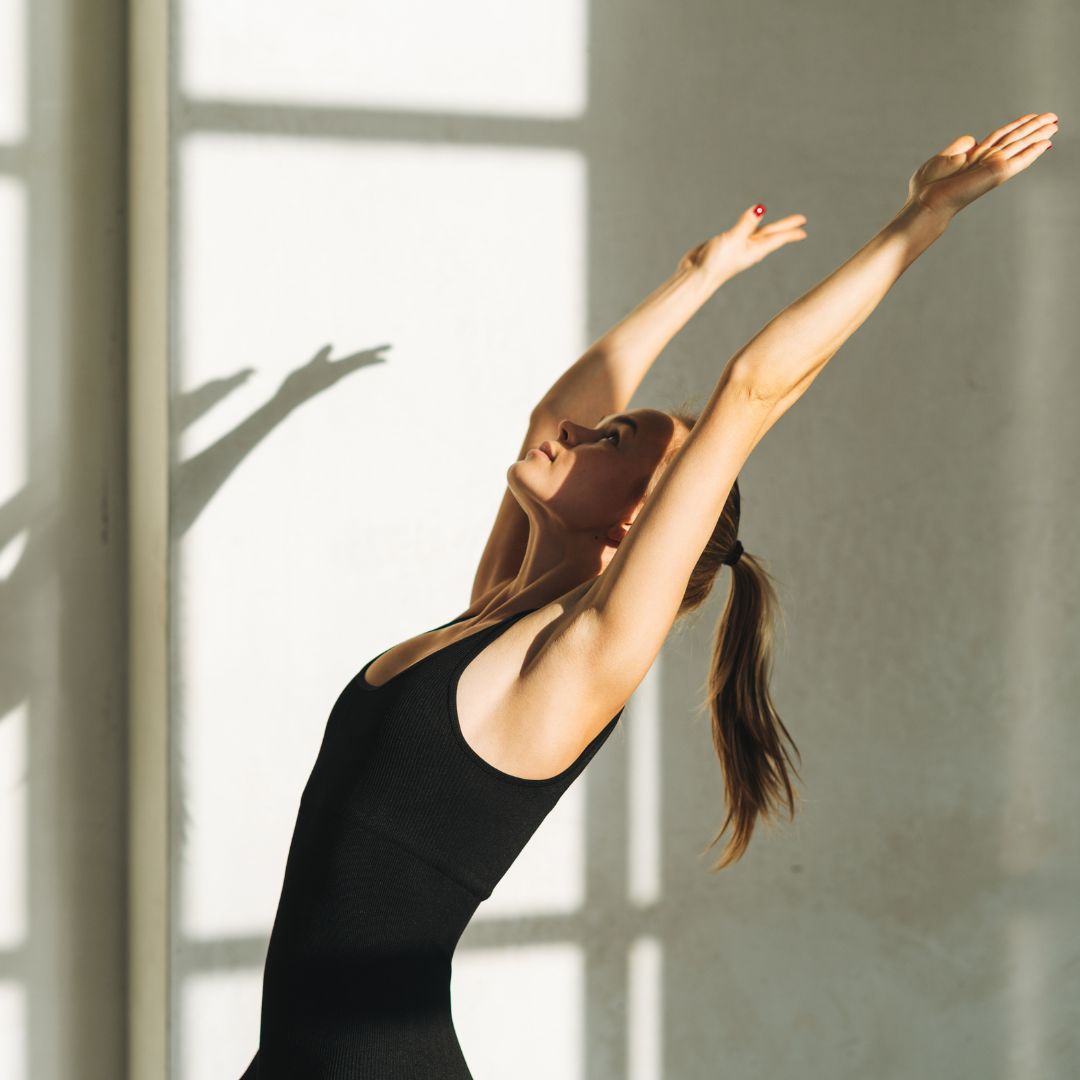 Keen to get Reformer results without the hefty price tag? 5 best Pilates boards to upgrade your home workouts
Keen to get Reformer results without the hefty price tag? 5 best Pilates boards to upgrade your home workoutsThey're great for small spaces, too.
By Amelia Yeomans
-
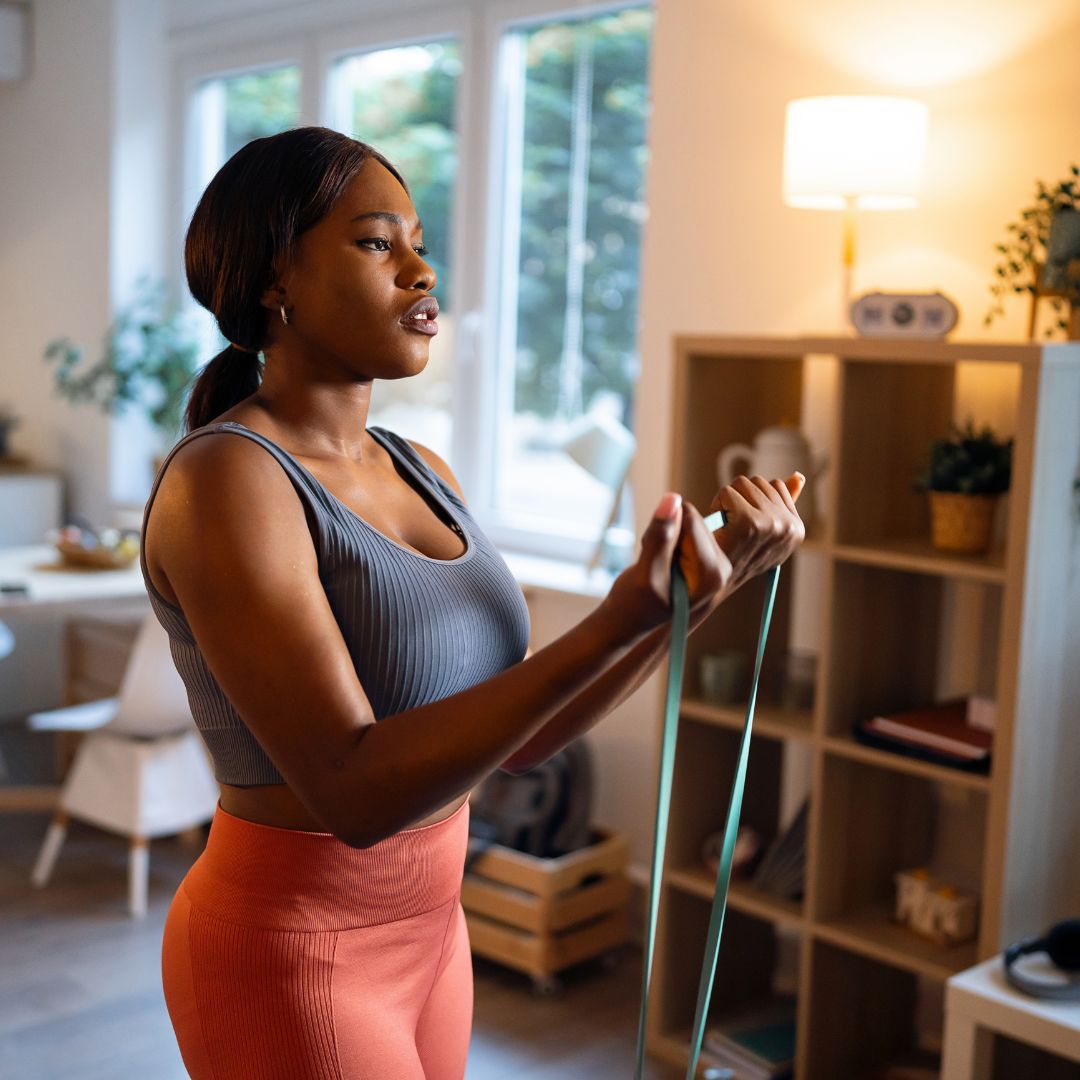 Eager to get strong from home? 6 advanced resistance band full body workouts that'll boost tone, balance and flexibility
Eager to get strong from home? 6 advanced resistance band full body workouts that'll boost tone, balance and flexibilityYes, you can get strong without weights.
By Anna Bartter






